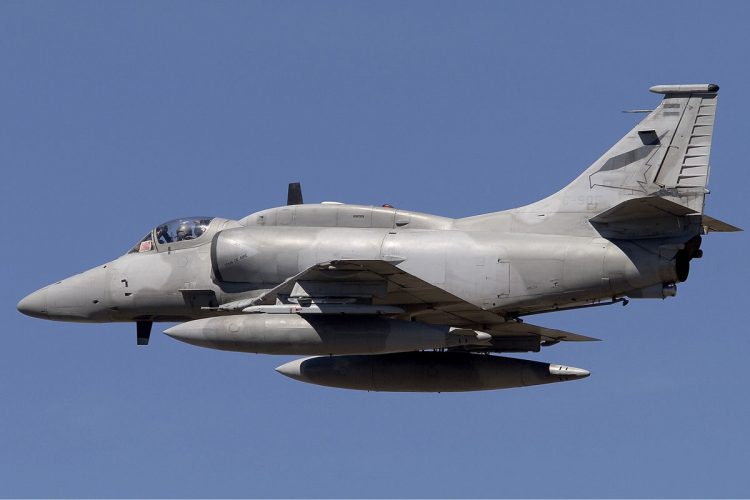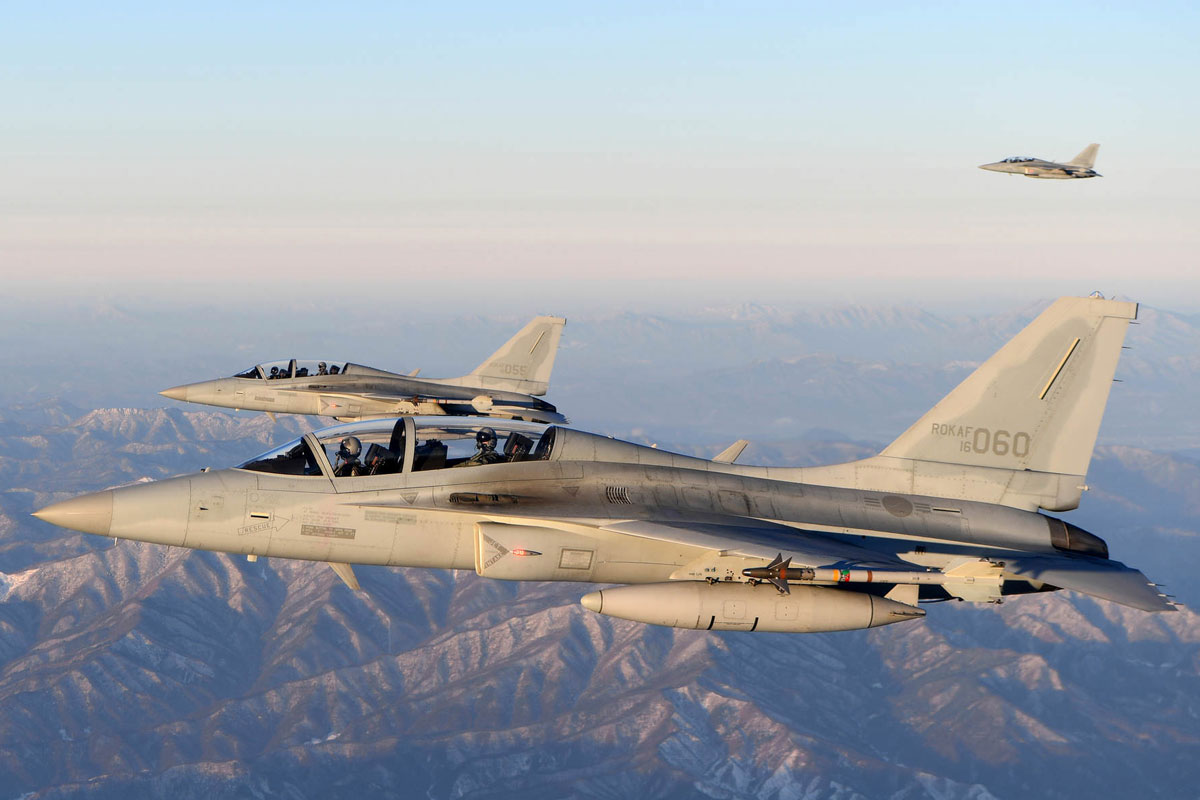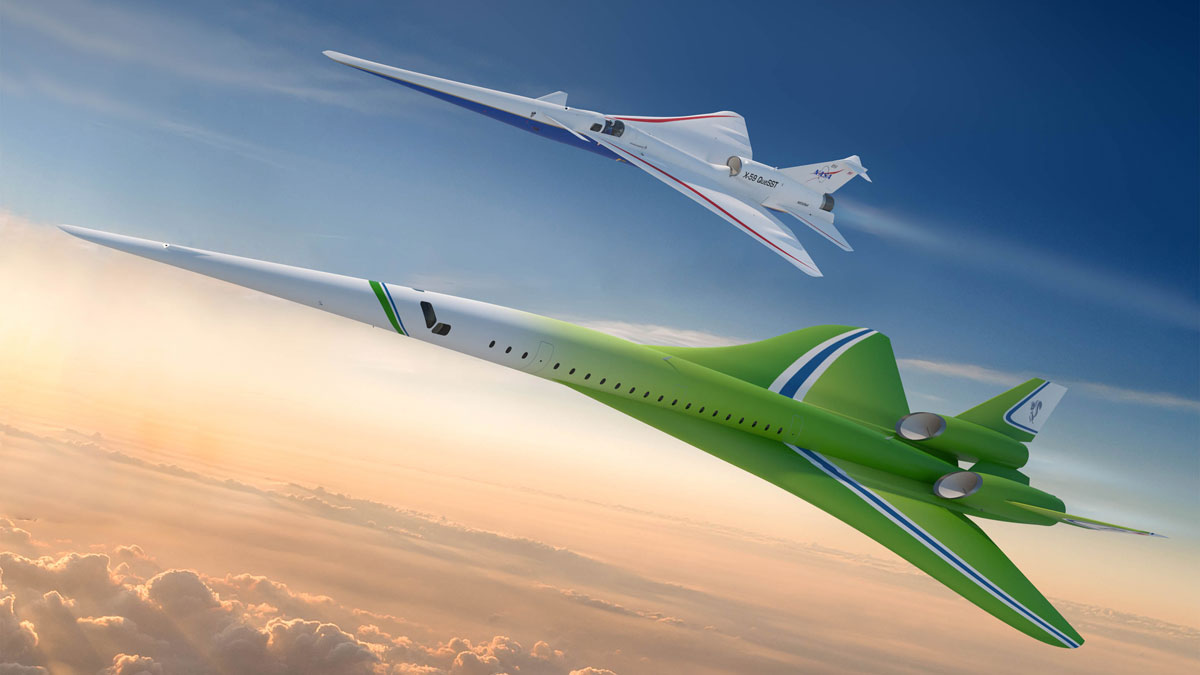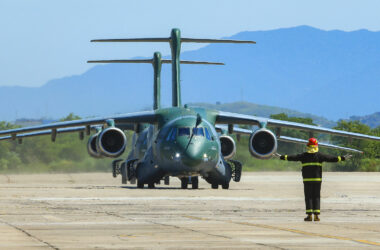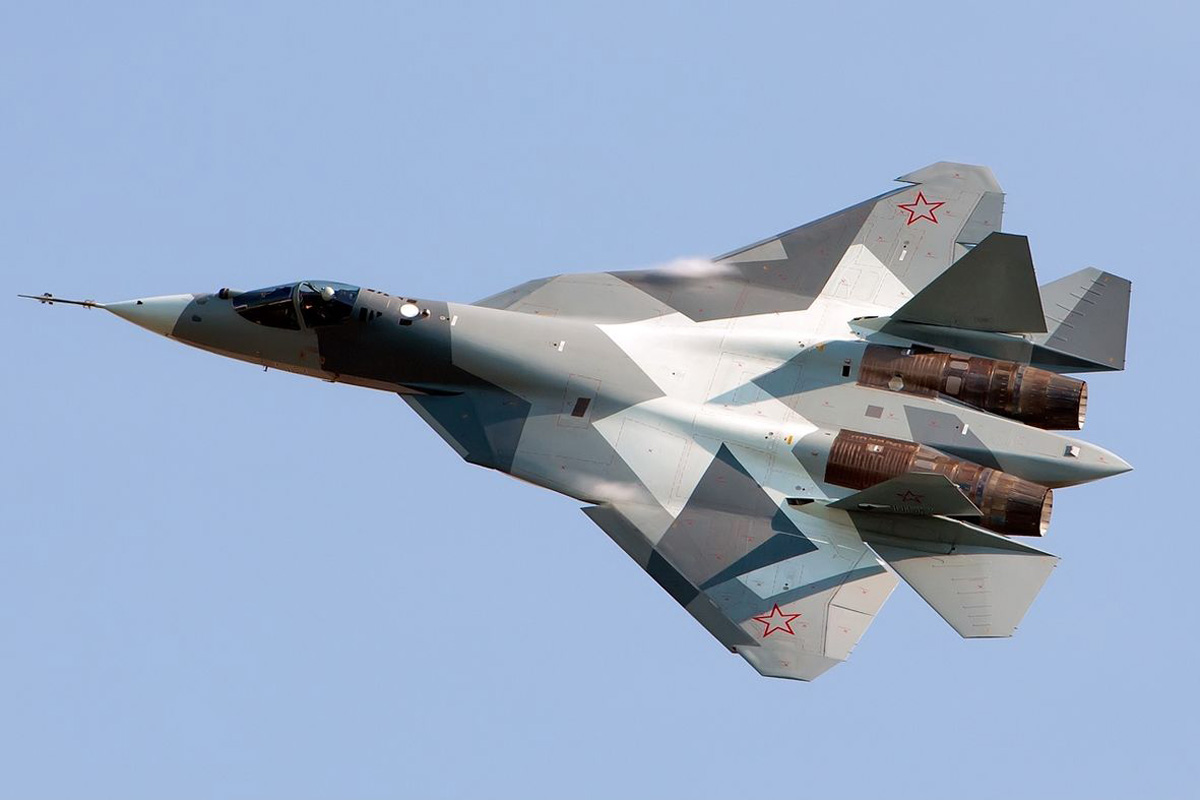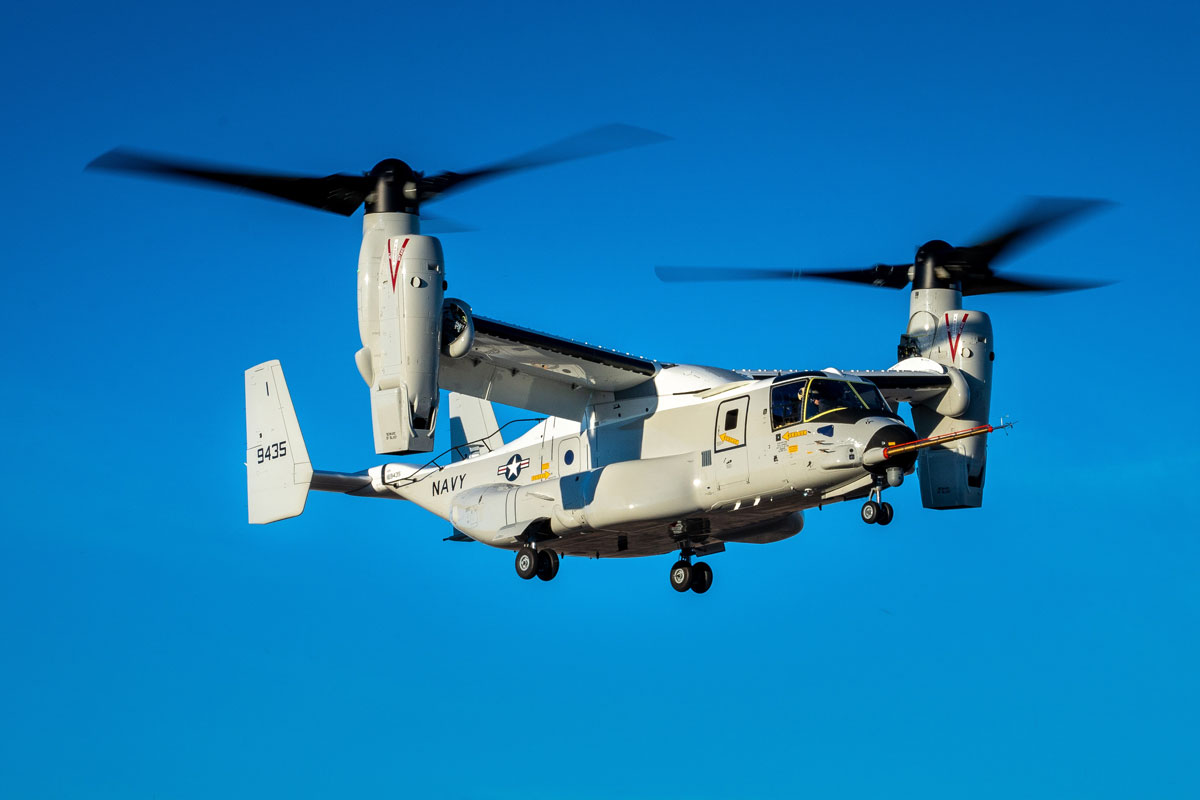Argentina would be close to filling a gap in its air defense since late 2015 when it retired its Dassault Mirage. President Mauricio Macri would be in early negotiations with his South Korean counterpart Moon Jaen-in for the purchase of 10 FA-50 Fighting Eagle light fighters, manufactured by Korea Aerospace Industries.
According to the Argentine press, the agreement involves a value of $200 million and includes a simulator and weaponry. The first two aircraft would still be delivered in 2019 to replace the subsonic A-4R attack aircraft, now used in the role due to lack of options.
The FAA (Fuerza Aerea de Argentina), however, is also courted by Italian Leonardo, who tries to convince it to buy rival M-346FA.
In common, both the FA-50 and the M346 were designed as advanced trainers with supersonic capability. But their manufacturers glimpse opportunities to trade them in lightweight combat versions.
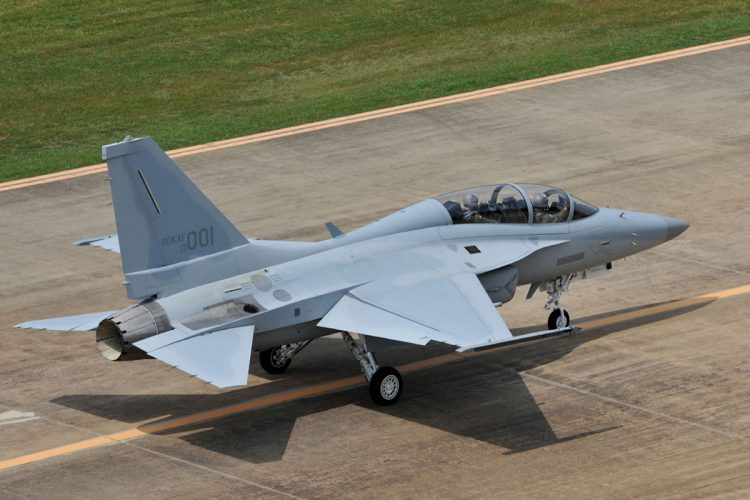
F-16 derivative
The South Korean aircraft is also derived from the Lockheed Martin F-16 fighter. It has several components in common and it is possible to notice its similarity especially in the tail. The FA-50 uses a GE F404 engine licensed by Samsung. This is the same post-combustor turbofan used by the F-16’s rival F/A-18.
Their systems are quite advanced and include fly-by-wire, HOTAS concept, HUD wide field of view, inertial navigation system and a pulse doppler radar.
The FA-50 is the light combat variant with two seats. KAI even proposed a monoplace fighter, but it was never built. Among the weapons it can carry are the AIM-9 Sidewinder air-to-air missile, smart bombs and air-to-ground missiles, plus an internal 20 mm cannon.
Its maximum speed, Mach 1.5, is not comparable to that of the Mirage, however, it is a more adequate fighter for the Argentine reality, which today is experiencing a prolonged economic crisis.
The country, which has had a better equipped air force in the past, currently has only about 20 A-4 in the air combat function, which were not appropriate, as well as some IA-63 Pampa trainers, manufactured in Argentina. The big question is to get funding to get the new planes in the face of the country’s lack of credit.
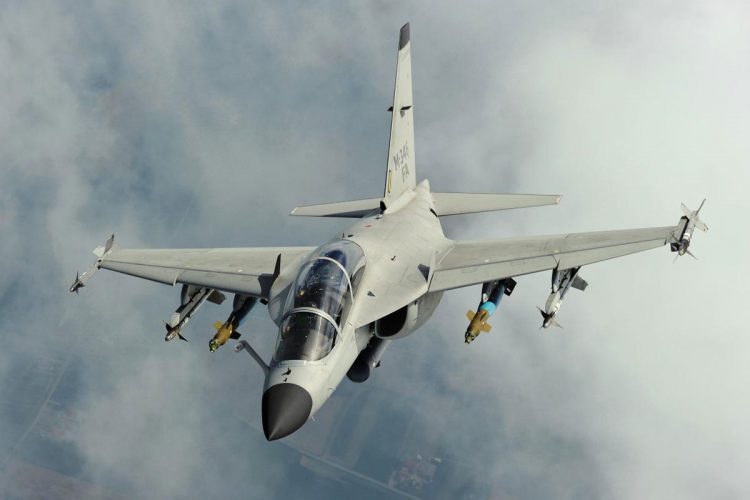
Affordable price
Despite this, it is a much cheaper deal than the Brazilian F-X2 program, although there is no comparison in military capacity and technology. While each Brazilian Saab Gripen E/F fighter cost the equivalent of $150 million in 2014 Argentina would pay only $20 million for each FA-50.
Undoubtedly, it is not the aircraft that Argentina intends to be its air defense vector, but it is a far better situation than putting the old A-4s in this important task.
Negotiations with KAI starting in 2016, as well as other talks showing how annoying the subject is internally – even the Sino-Pakistani JF-17 fighters came to be considered as well as used Mirages F1. Still, according to Argentine journalists, the Macri government is silent on the issue, but in a year of elections in which the current president will try to re-elect, this is a sensitive issue for voters.
